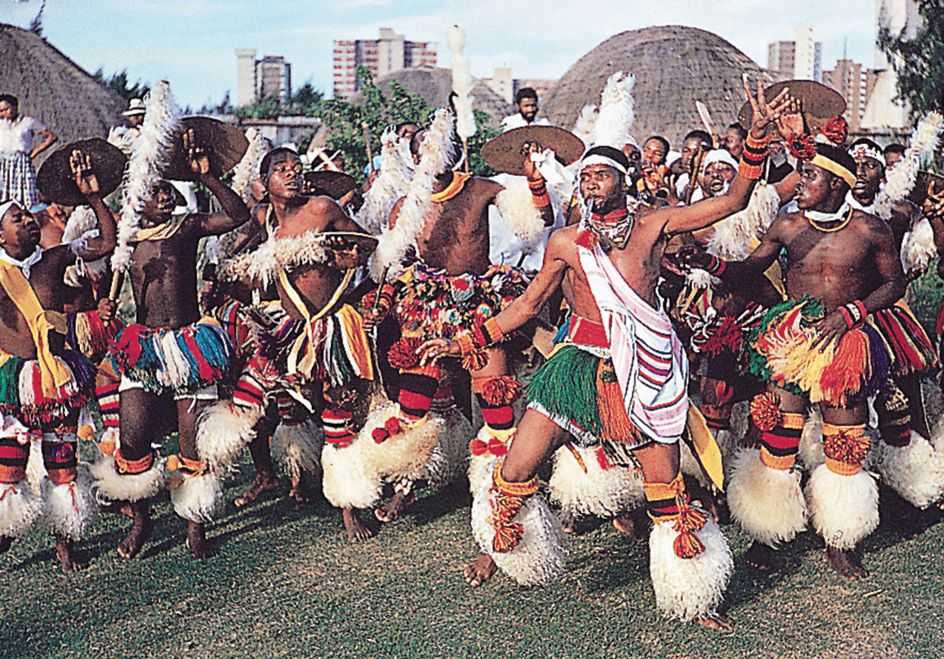Rite of passage is a form of ritual ceremony found in all societies to mark and recognize a person’s entry into a new stage of life. Rites of passage note such occasions as birth, the achievement of adult status, graduation, marriage, and even death. People may pass through rites of passage individually or in groups. A rite of passage celebrates and acknowledges the new status and position of a person within the society.

Rites of passage usually have three stages-separation, transition, and incorporation. First, a participant in the rite is temporarily separated from the rest of society and from his or her former role. In many rites, participants wear special costumes to emphasize their temporary separation from society and to symbolize the change they experience. Such costumes include wedding dresses and graduation gowns. During the transitional stage, also called the liminal period, the participant may learn the behavior appropriate to their new role in society. In some African societies, boys who will soon become men are separated for days or months while they learn legends and technical skills. A public ritual then announces that the participant is incorporated, or admitted, into a new social role within the society.
The term rites of passage was coined by French anthropologist Arnold van Gennep. He used it to describe such ceremonies as baptisms, weddings, and funerals in his book Les Rites de Passage (1909).
See also Bar mitzvah; Bat mitzvah; Confirmation; Female genital mutilation; Quinceañera.
